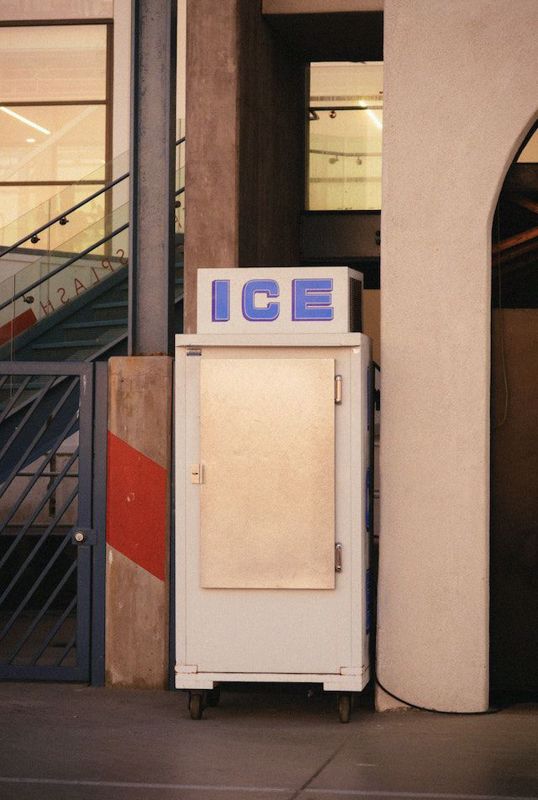If you find that your refrigerator can no longer accommodate all your frozen food, it's time to invest in a freezer. However, you might be unsure whether to go for an upright freezer or a chest freezer. To help you make the right decision for your food storage needs, we have compiled a guide outlining the pros and cons of each type. Any kind of freezer costs less when you shop smart and use a Home Depot Money Off Coupon from We Are Coupons.
Chest Freezer
A chest freezer is a spacious, box-shaped freezer that opens from the top. It is often referred to as a deep freezer.
Advantages
Ample Space: Chest freezers offer plenty of room to store large items such as whole turkeys or bulk purchases like pounds of fresh shrimp you got during your beach vacation, neatly organized in 40 one-pound bags.
Energy Efficiency: Chest freezers are more energy-efficient compared to upright freezers. The tight-fitting lid and deep design help keep the cold air inside, resulting in lower electricity consumption. The U.S. Department of Energy (DOE) states that a typical 15-cubic-foot chest freezer uses approximately 330 kilowatt-hours per year, which is roughly half the electricity used by an upright freezer.
Cost-Effective: Chest freezers are generally more affordable than upright freezers. Most models cost less than $600, and you can even find small deep freezers for under $400.
Disadvantages
Floor Space: Due to their larger footprint, chest freezers require more floor space compared to upright freezers.
Organization Challenges: It can be more difficult to organize and access items in a chest freezer. With the deep box design, smaller items may get buried beneath larger ones, necessitating some rearranging to reach what you need.
Upright Freezer
An upright freezer resembles a refrigerator, featuring a vertical box with a front-opening door, movable shelves, and drawers.
Advantages
Space Efficiency: Upright freezers have a smaller footprint, making them suitable for smaller homes where floor space is at a premium.
Easy Organization: The arrangement of shelves in an upright freezer is better suited for organizing and locating items. The shelves can accommodate small items like frozen veggies or waffles, and their adjustability allows for storage of oddly shaped items such as pizza boxes. The upright design also enables quicker identification of items, reducing the likelihood of food waste.
Convenience: Accessing food items in an upright freezer is easier since you don't have to rummage through a deep box. The vertical orientation makes it more convenient to spot and retrieve what you need.
Disadvantages
Limited Space: Upright freezers typically have less storage space than chest freezers due to the arrangement of shelves and drawers. Bulky items like standing rib roasts or large turkeys may not fit well.
Increased Energy Consumption: Upright freezers use more electricity than chest freezers as they lose more cold air each time the door is opened. Consequently, operating costs may be higher.
Higher Cost: Compared to chest freezers, upright freezers generally have a higher price point. Most models start at around $700, although smaller upright freezers resembling beer refrigerators can be found for less, although with limited storage capacity.
Other Considerations
Regardless of the type of freezer you choose, both upright and chest freezers can last an average of 10 to 15 years. To maximize their lifespan, ensure proper ventilation, avoid overloading, and maintain a consistent temperature setting. Regular maintenance is also essential, including cleaning the coils twice a year using a refrigerator coil brush and defrosting the freezer annually.
In conclusion, selecting the right freezer involves considering your storage needs, available space, and budget.




